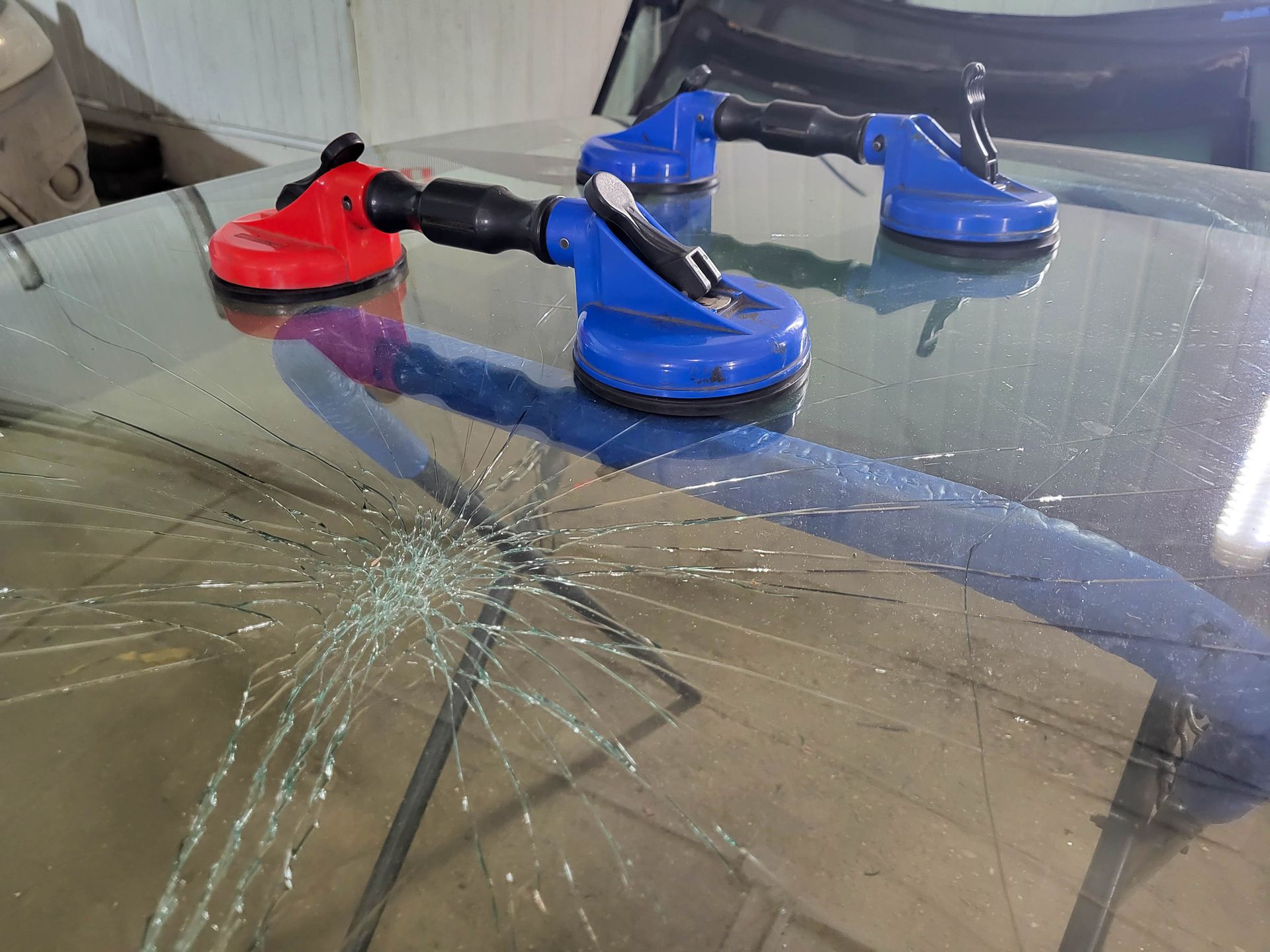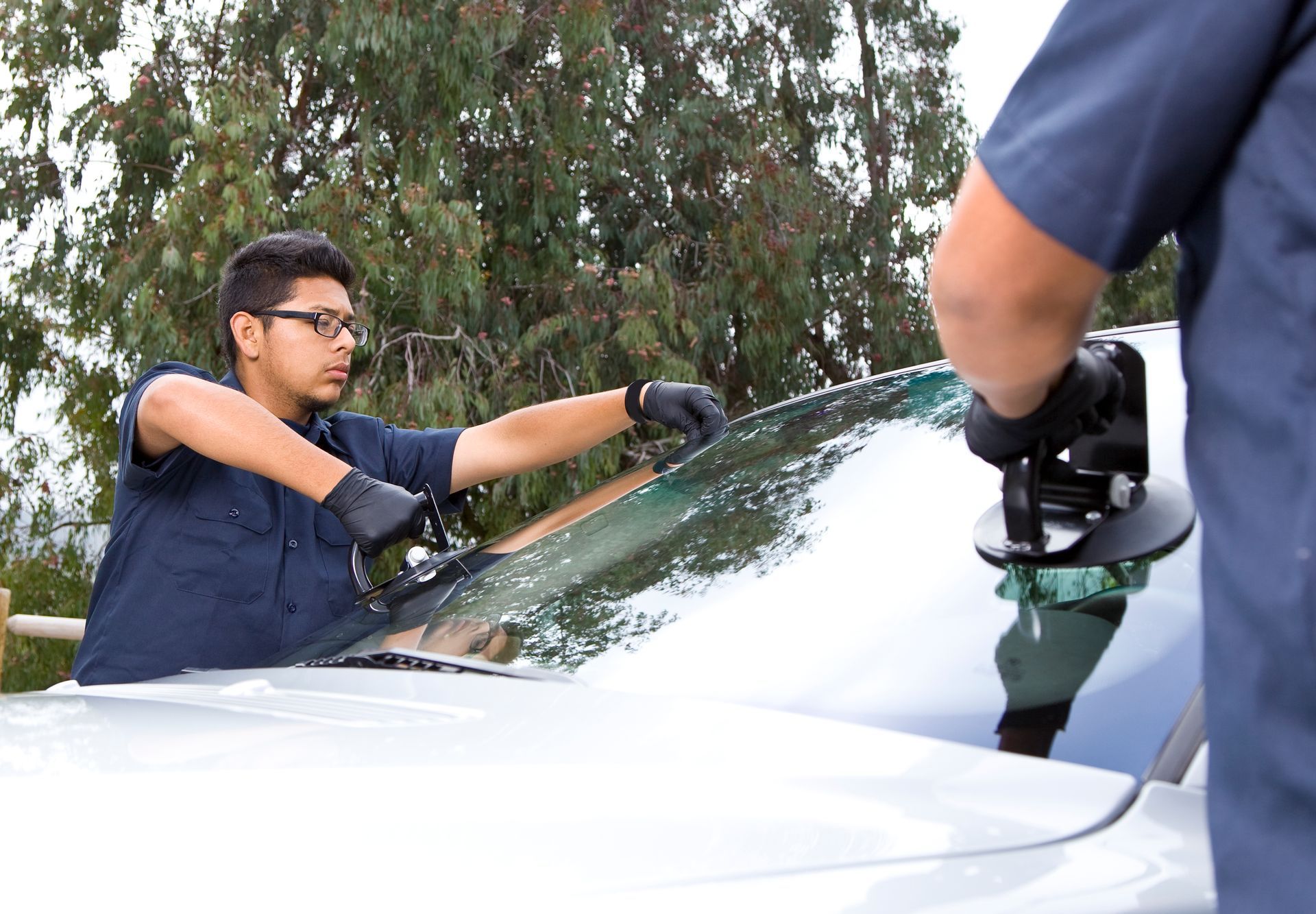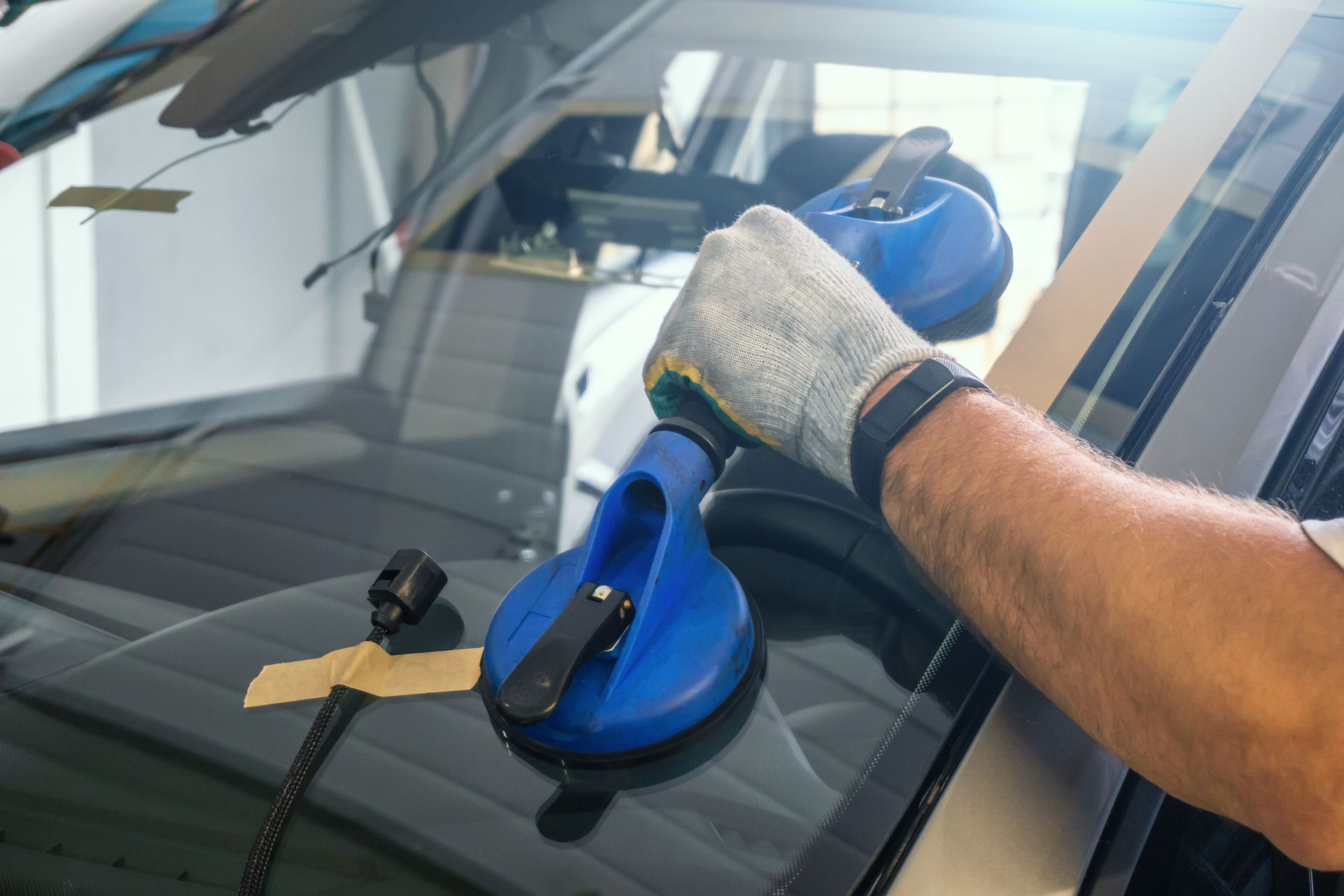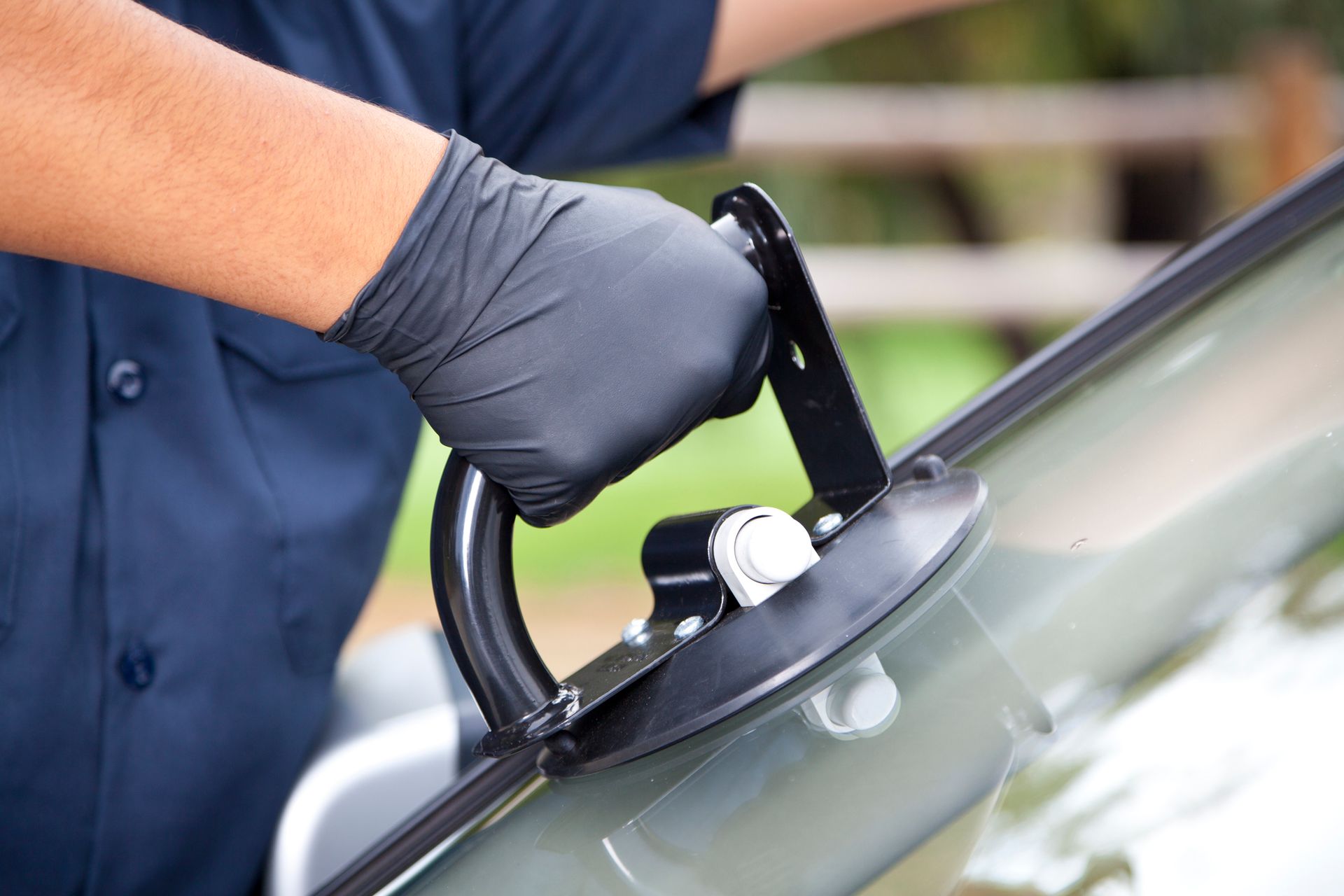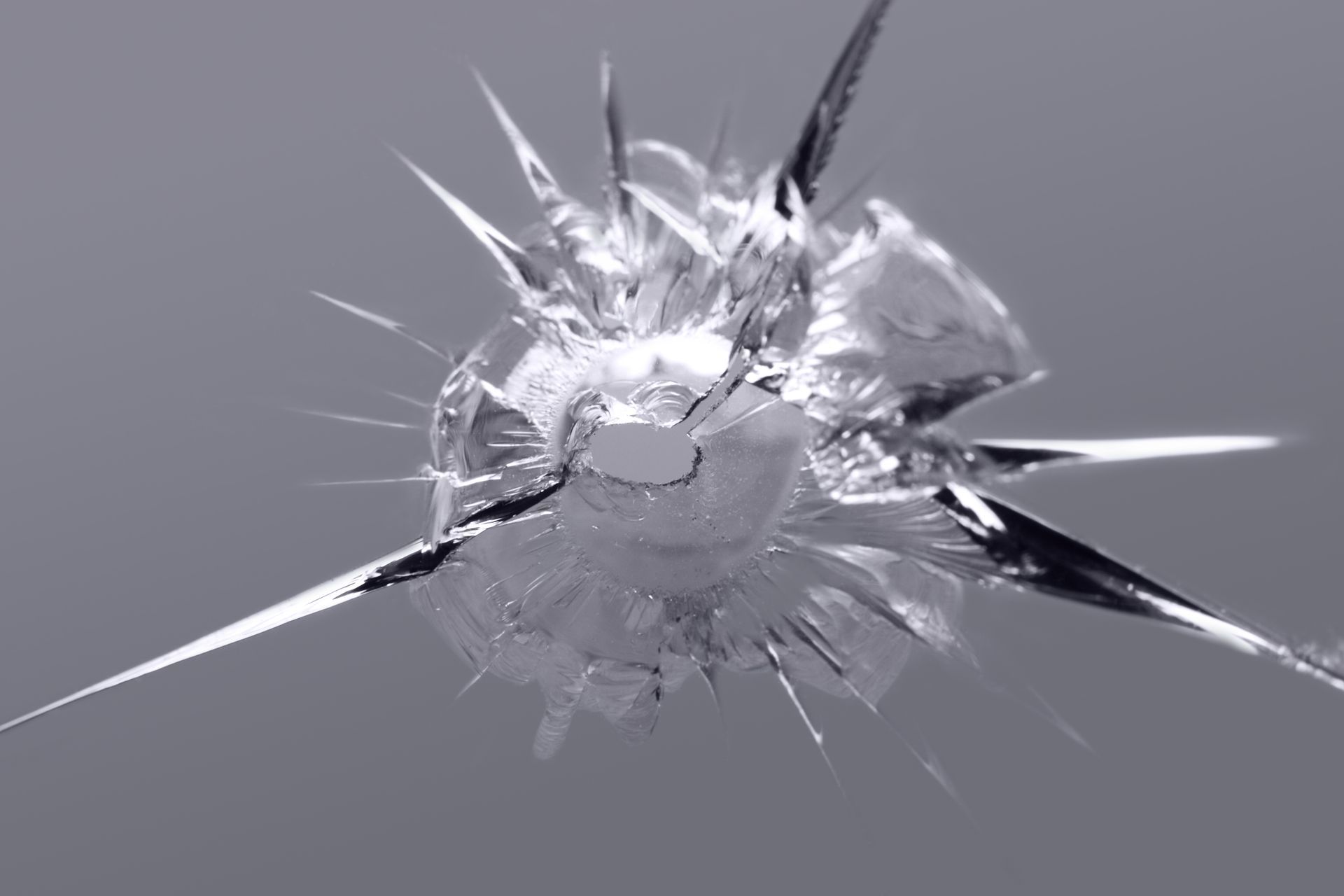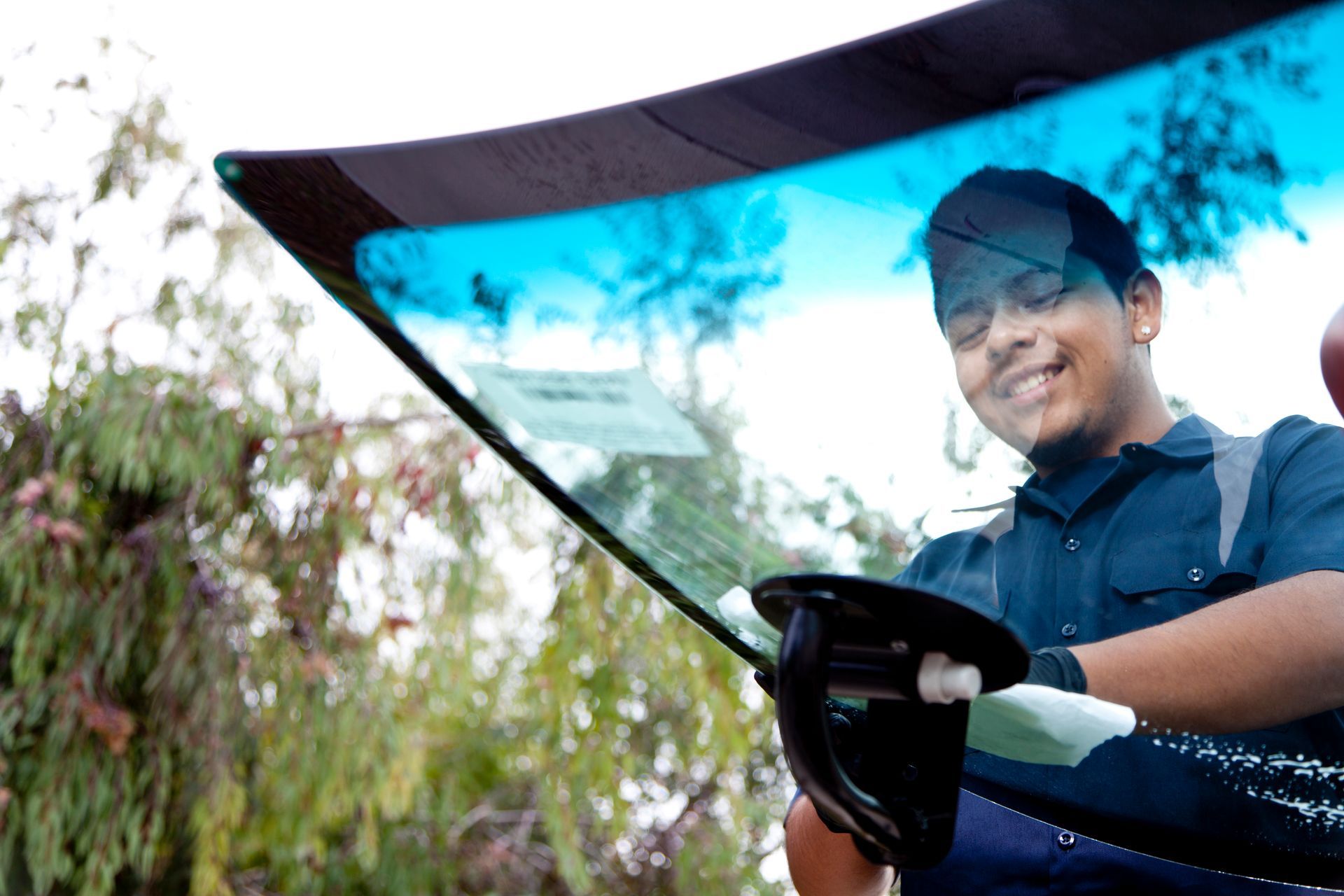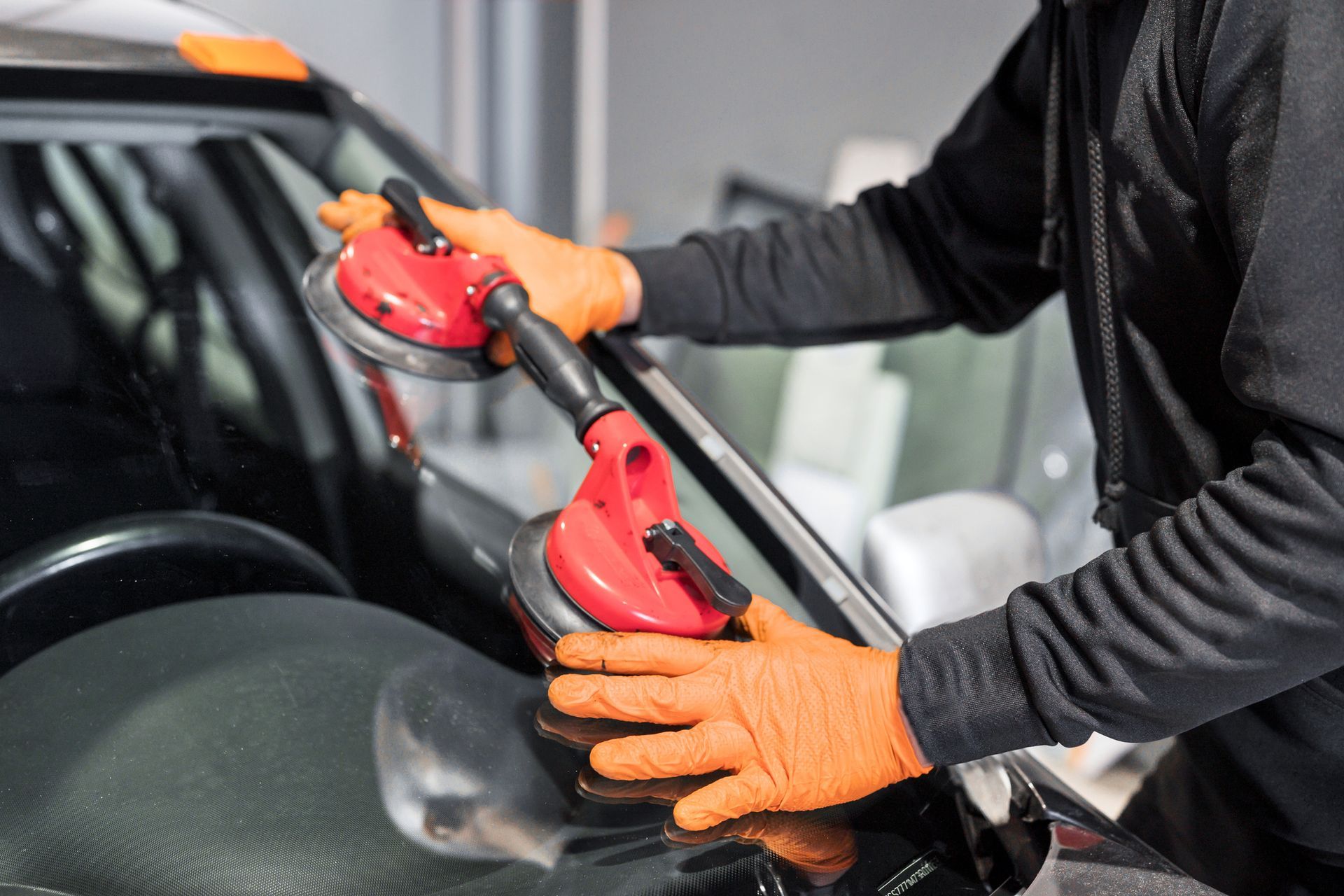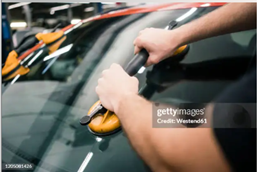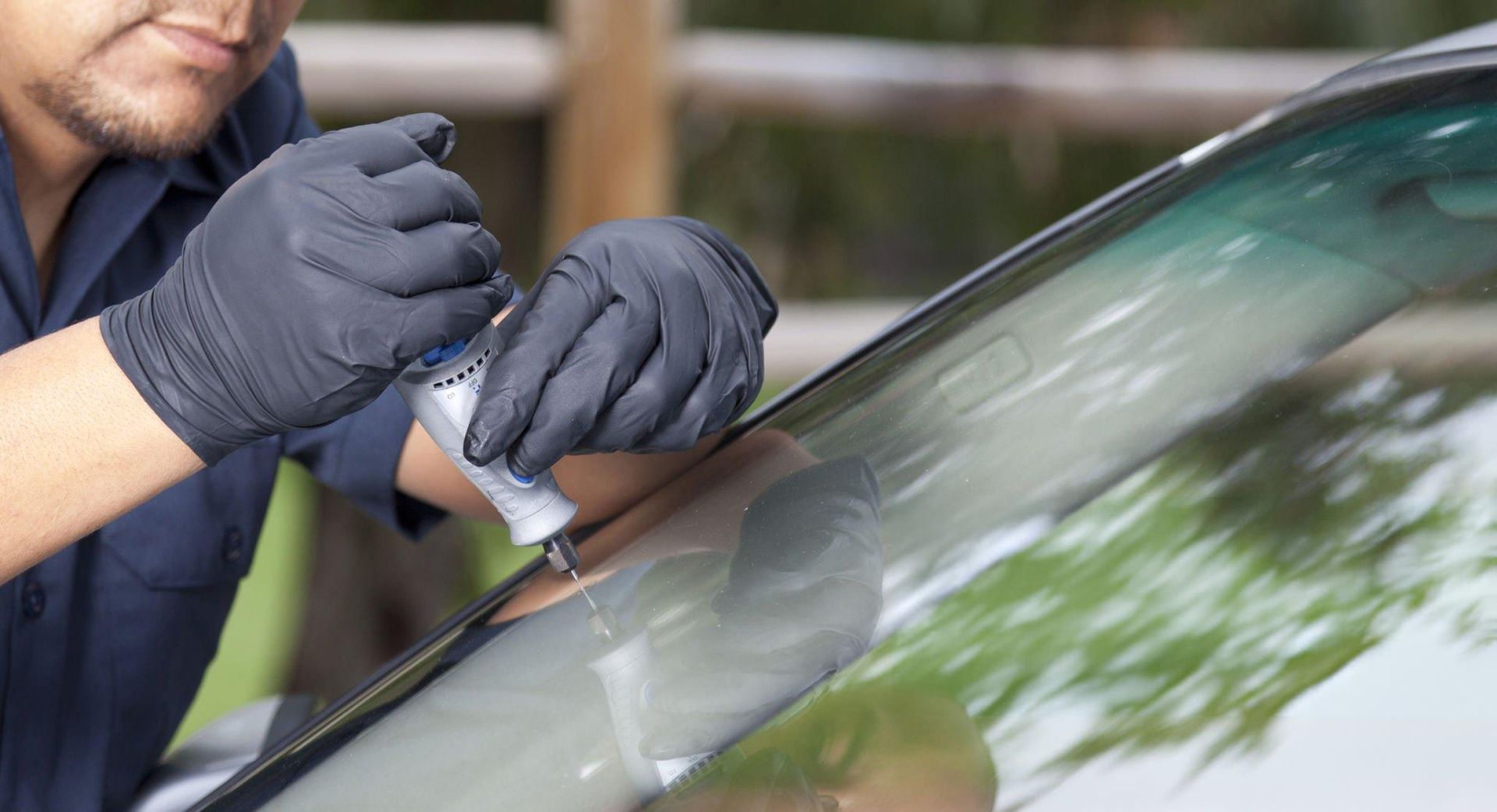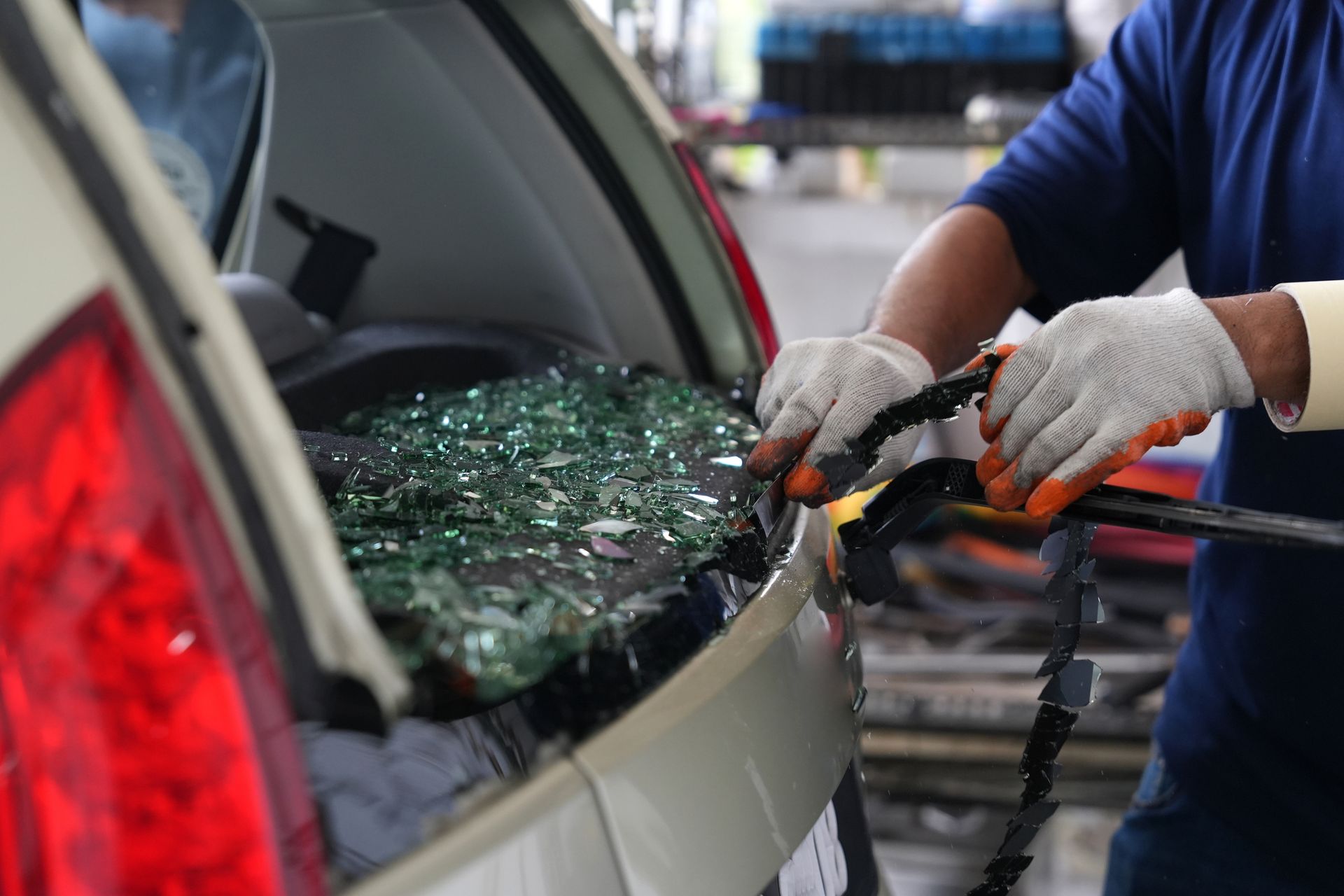Auto Glass and Your Health and Safety
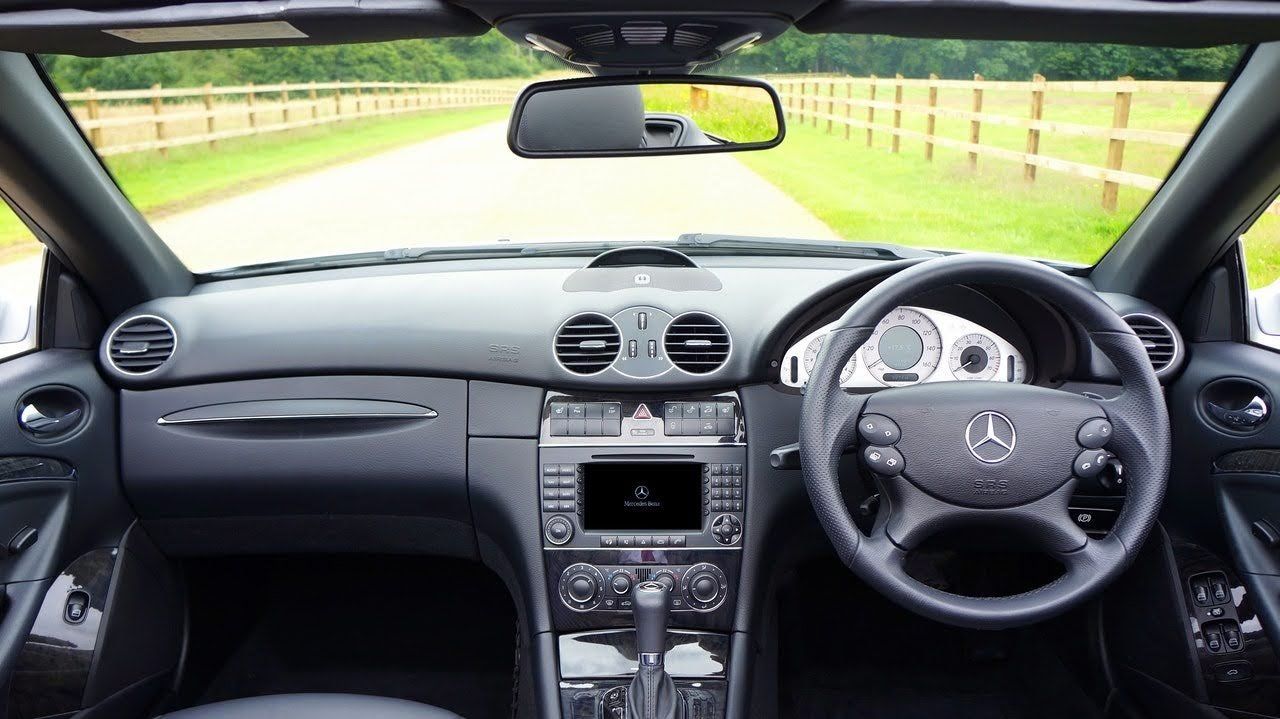
When you think about automotive issues that could pose hazards to you and the occupants of your vehicle, you may envision such obvious threats as carbon monoxide exposure, engine fires, loss of braking, or loss of power steering. However, cracks, pits, and other weaknesses in your auto glass can also prove dangerous.
Once you've learned how the various ways auto glass can affect your health and safety, you'll want to pay more attention to little problems that might otherwise seem unimportant and correct any auto glass damage with a professional’s help.
How Do Windshields Protect Occupants?
Today's car windshields feature laminated glass. This multi-layered glass features an inner and outer sheet of glass with a layer of transparent, flexible polyvinyl-butyral (PVB) sandwiched between them. In a substantial impact, the PVB keeps glass shards from flying everywhere and injuring occupants.
Windshields also provide a surprising degree of structural support that might help save vehicle occupants' lives. In a rollover accident, for example, 60 percent of your car's structural integrity comes from the windshield. The windshield also accounts for 45 percent of your cabin's structural integrity in a head-on impact.
Bear in mind, however, that a laminated windshield can only live up to its protective potential as long as it remains intact. A windshield with a crack running all the way to the edge may not help protect your roof or cabin in an accident. If you see this kind of severe crack, replace your windshield.
When Does Glass Breakage Actually Promote Safety?
Unlike the laminated glass in windshields, tempered glass continues to see use in the side windows of automobiles. This kind of glass gets its strength from the extreme heat applied to it in manufacturing. The glass will shatter on impact, but the debris will consist of little pieces of glass instead of long, jagged shards.
This tendency for tempered glass to shatter can actually protect your safety. For instance, if your car gets submerged in water, you can kick the side windows out to escape the vehicle. However, some car makers have begun using laminated glass for side windows. Ask your glass experts what kind of glass your side windows use.
How Do Cracked Windshields Affect Airbag Safety?
You probably wouldn't even consider owning or operating a car without airbags. These crucial safety devices in the front and sides of the cabin inflate rapidly and forcefully when they detect an impact that might harm occupants. You might realize, however, that a problem with your windshield can affect your airbags' performance.
Under normal conditions, the front airbags will fill up the area directly in front of the driver and passenger, pushing off against the windshield’s inner surface in the process. If your windshield has sustained cracks or other damage, it may not resist the airbags properly. The airbags may then fail to protect against serious injuries.
Why Does Windshield Pitting Make Driving Riskier?
Given enough time and mileage, practically any windshield will experience countless high-speed impacts from dust, gravel, bits of branches, and other debris. Although you may breathe a sigh of relief that none of these impacts produce chips or cracks, your windshield may sustain more subtle damage in the form of tiny pits.
A pitted windshield can raise certain risks for drivers and their passengers. For example, when sunlight or other cars' headlights strike the windshield, the pits can reflect the light directly into your eyes, creating enough glare to reduce visibility drastically. If you can't see ahead of you, you can easily drive right into danger.
You can also face other potential hazards when you drive with a pitted windshield. Since the pitting represents structural damage, your weakened windshield may break a bit too easily or offer insufficient support in a rollover. The pits can also interfere with your wipers' ability to clear rain away from your field of view.
How Does Leaky Auto Glass Threaten Your Health?
Even when an auto glass problem doesn't pose an imminent danger in an accident, it can still have a negative impact on your health. Leaky auto glass offers a case in point. If water enters your cabin through worn weatherstripping or a tiny gap in the windshield sealant, the resulting mold growth may trigger respiratory conditions.
Your auto glass technician can pinpoint the leak in your auto glass and administer the appropriate fix. Side windows may simply need new weatherstripping, while a leaky windshield may benefit from the fresh application of a pliable sealant around the edges to eliminate gaps.
If you need to know that your car's windshield and windows offer optimal protection against various health and safety threats, then you need MS Glass Outlet. Our skilled technicians know how to repair or replace auto glass as necessary to keep you and your passengers as safe as possible. Contact us to request a quote or appointment.

